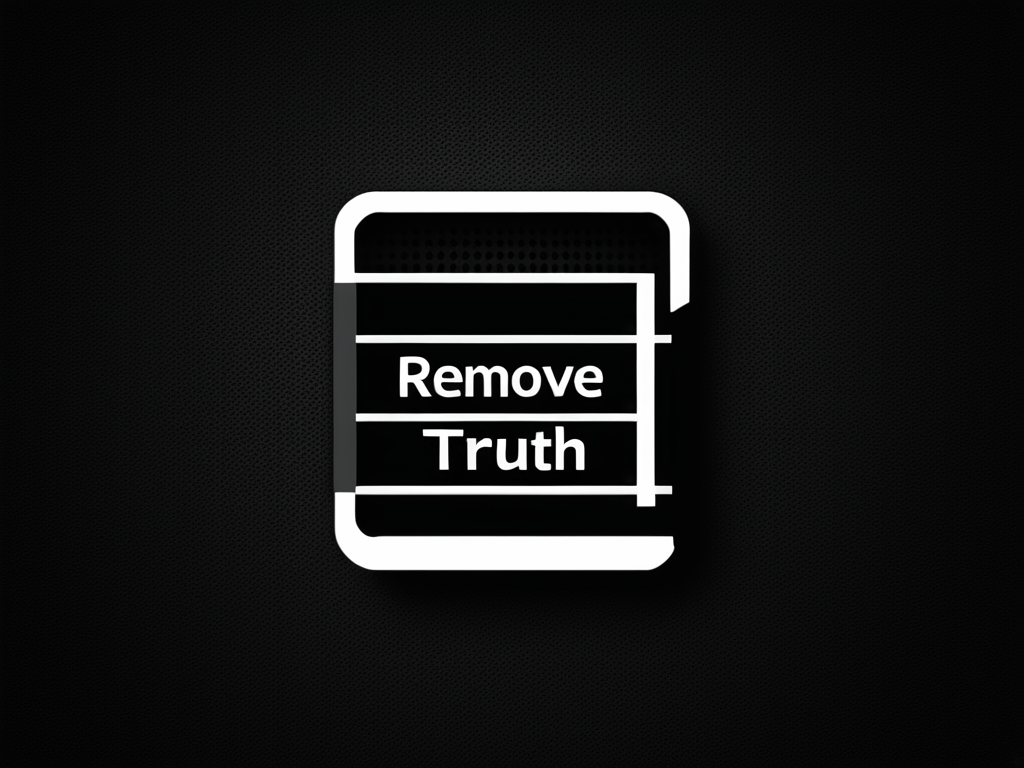Exposing the Truth Behind Remove.bg's Image Processing Se...

Remove.bg is one of the most popular image processing services online today. While they offer a wide range of tools and features to help users remove backgrounds from images, there are some concerns about their algorithm that many people may not know about.
The Basics
Before we dive into the “dark side” of Remove.bg’s image processing algorithm, it’s essential to understand how they work. Their algorithm is based on machine learning models that can automatically detect and remove the background from an image. These models are trained on a large dataset of images with known backgrounds, which allows them to learn patterns and features that distinguish between foreground objects and background elements.
The process begins by uploading an image to Remove.bg’s website. Once uploaded, the algorithm analyzes the image and identifies potential foreground objects. It then uses this information to create a mask, which is essentially a layer of pixels that can be used to separate the foreground from the background.
The Problem
So, what’s the “dark side” of Remove.bg’s image processing algorithm? Well, for one thing, it’s not perfect. While their models are highly accurate in many cases, they can also make mistakes. In some instances, this can lead to incorrect backgrounds being removed or even worse, important foreground objects being accidentally removed.
One example of this is when the algorithm misinterprets a shadow as part of the background and removes it along with the rest of the image. This can result in an image that appears incomplete or distorted.
Another issue with Remove.bg’s algorithm is its tendency to over-process images. This means that it may remove more than just the background, potentially damaging the original image in the process. This can be particularly problematic when working with high-resolution images or those that contain delicate details.
The Impact
The impact of these issues can vary depending on how you use Remove.bg’s service. If you’re simply looking to quickly and easily remove a background from an image for personal or social media purposes, then the occasional mistake may not be a major concern. However, if you’re working with professional-grade images or require high levels of accuracy, then these issues could have significant consequences.
For instance, in fields like graphic design, photography, or advertising, precision and attention to detail are crucial. If Remove.bg’s algorithm fails to accurately remove the background from an image, this can lead to subpar results that may not meet professional standards.
The Solution
So, what can you do if you encounter these issues with Remove.bg? First, it’s essential to understand that their algorithm is not perfect and will likely make mistakes. However, there are some steps you can take to minimize the impact of these errors.
One option is to use a combination of tools and techniques when working with images. For example, you could use Remove.bg to remove the background from an image, but then manually adjust the resulting mask to ensure that it’s accurate.
Another approach is to experiment with different settings and options within Remove.bg’s interface. By adjusting parameters like sensitivity or threshold levels, you may be able to improve the accuracy of their algorithm.
Conclusion
In conclusion, while Remove.bg offers a powerful tool for removing backgrounds from images, there are some potential drawbacks to consider. Their image processing algorithm is not perfect and can make mistakes, potentially leading to incorrect results or damage to original images. However, by understanding these limitations and taking steps to mitigate them, you can still achieve high-quality results with their service.
About Michael Brown
I help power gophotos.com by crafting engaging content around AI-driven image tools, photography techniques, and smart editing strategies. With a background in digital media, I bring a creative eye to the intersection of tech and visual storytelling.
